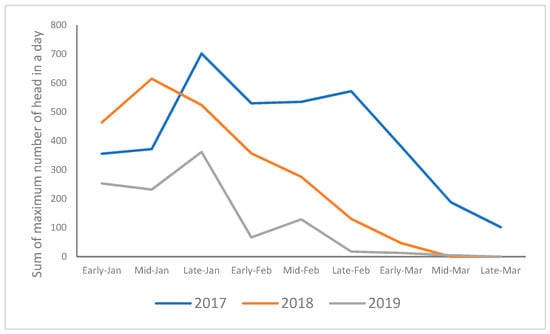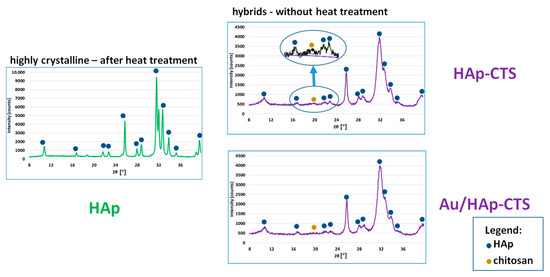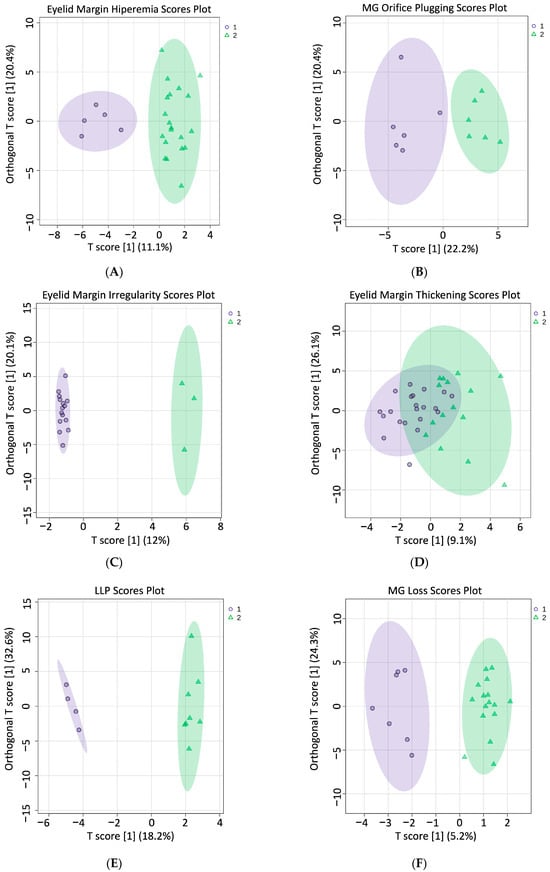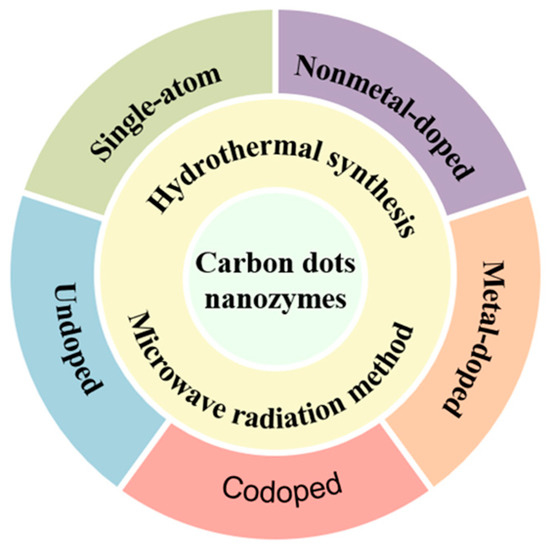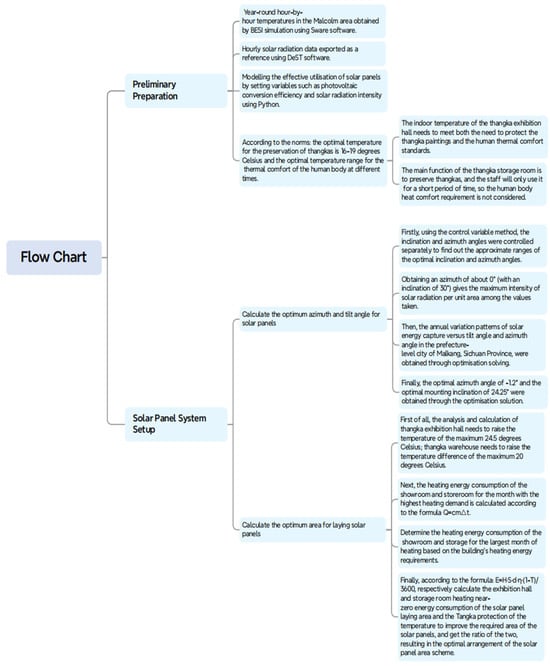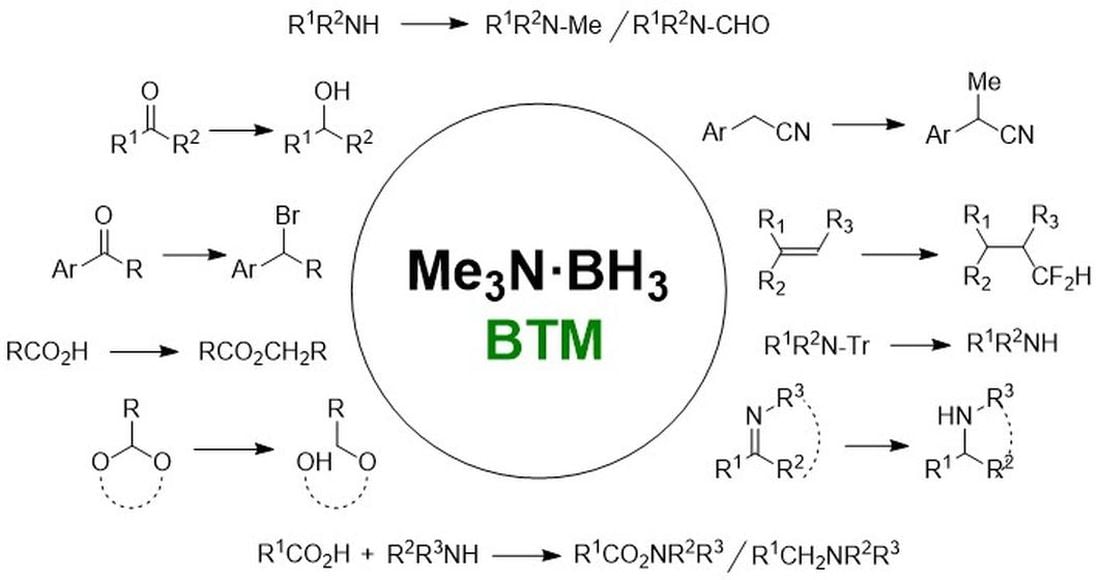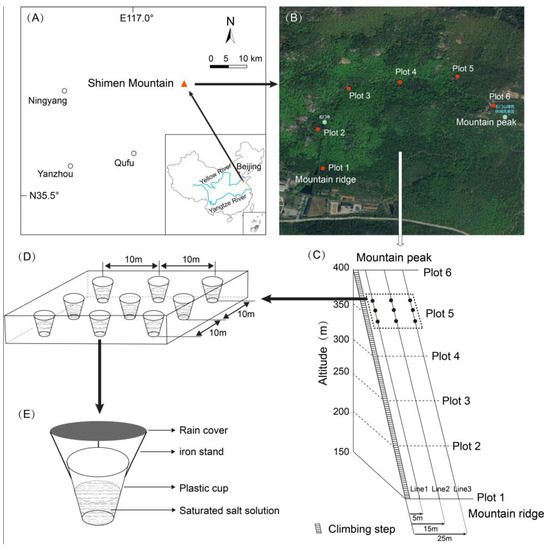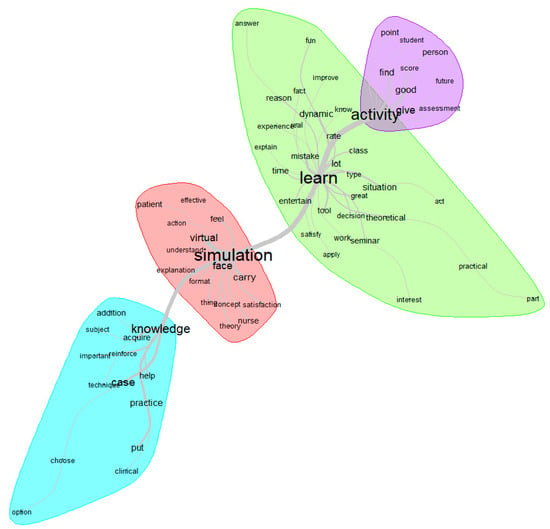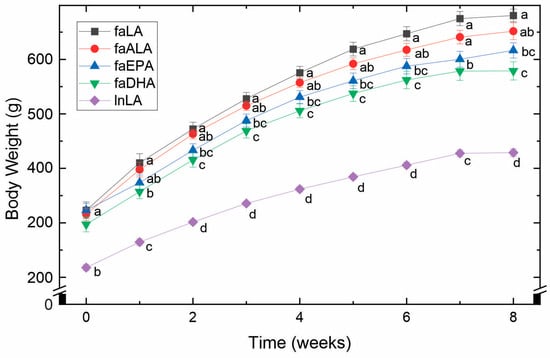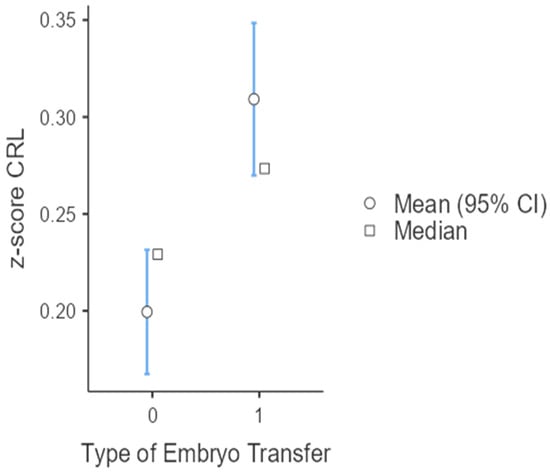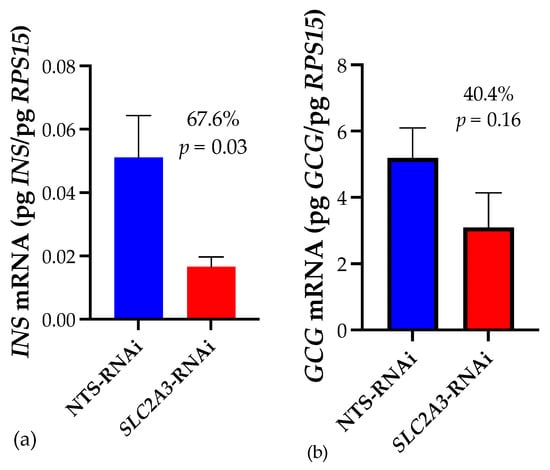Background and Objectives: Neonates born from thawed embryo transfers tend to have a significantly higher birthweight compared to those from fresh embryo transfers. The aim of this study was to compare the crown-rump length (CRL) between thawed and fresh embryos to investigate the potential causes of different growth patterns between them.
Materials and Methods: This was a retrospective study (July 2010–December 2023) conducted at the Third Department of Obstetrics and Gynecology, School of Medicine, Faculty of Health Sciences, Aristotle University of Thessaloniki, Greece. In total, 3082 assisted reproductive technology (ART) pregnancies (4044 embryos) underwent a routine scan at 11
+0–13
+6 gestational weeks and were included in the study. Maternal age, the type of embryo transfer (thawed vs. fresh, donor vs. their own oocytes), CRL, twin and singleton gestations were analyzed.
Results: The mean maternal age in thawed was significantly higher than in fresh embryos (39.8 vs. 35.8 years,
p-value < 0.001). The mean CRL z-score was significantly higher in thawed compared to fresh embryo transfers (0.309 vs. 0.199,
p-value < 0.001). A subgroup analysis on singleton gestations showed that the mean CRL z-score was higher in thawed blastocysts compared to fresh (0.327 vs. 0.215,
p-value < 0.001). Accordingly, an analysis on twins revealed that the mean CRL z-score was higher in thawed blastocysts (0.285 vs. 0.184,
p-value: 0.015) and in oocytes’ recipients compared to own oocytes’ cases (0.431 vs. 0.191,
p-value: 0.002).
Conclusions: The difference in CRL measurements between thawed and fresh embryos may be a first indication of the subsequent difference in sonographically estimated fetal weight and birthweight. This finding highlights the need for additional research into the underlying causes, including maternal factors and the culture media used.
Full article
 IJMS
IMPACT
IJMS
IMPACT Applied Sciences
IMPACT
Applied Sciences
IMPACT Sustainability
IMPACT
Sustainability
IMPACT Sensors
IMPACT
Sensors
IMPACT JCM
IMPACT
JCM
IMPACT Energies
IMPACT
Energies
IMPACT Molecules
IMPACT
Molecules
IMPACT Materials
IMPACT
Materials
IMPACT Remote Sensing
IMPACT
Remote Sensing
IMPACT Cancers
IMPACT
Cancers
IMPACT Electronics
IMPACT
Electronics
IMPACT Mathematics
IMPACT
Mathematics
IMPACT Foods
IMPACT
Foods
IMPACT Buildings
IMPACT
Buildings
IMPACT Plants
IMPACT
Plants
IMPACT Nutrients
IMPACT
Nutrients
IMPACT Animals
IMPACT
Animals
IMPACT Polymers
IMPACT
Polymers
IMPACT Water
IMPACT
Water
IMPACT Diagnostics
IMPACT
Diagnostics
IMPACT Biomedicines
IMPACT
Biomedicines
IMPACT Agronomy
IMPACT
Agronomy
IMPACT Microorganisms
IMPACT
Microorganisms
IMPACT Processes
IMPACT
Processes
IMPACT Healthcare
IMPACT
Healthcare
IMPACT Forests
IMPACT
Forests
IMPACT Cells
IMPACT
Cells
IMPACT JMSE
IMPACT
JMSE
IMPACT Medicina
IMPACT
Medicina
IMPACT Viruses
IMPACT
Viruses
IMPACT Agriculture
IMPACT
Agriculture
IMPACT Nanomaterials
IMPACT
Nanomaterials
IMPACT IJERPH
IJERPH
 Land
IMPACT
Land
IMPACT Pharmaceutics
IMPACT
Pharmaceutics
IMPACT Pharmaceuticals
IMPACT
Pharmaceuticals
IMPACT Religions
IMPACT
Religions
IMPACT Biomolecules
IMPACT
Biomolecules
IMPACT Life
IMPACT
Life
IMPACT Micromachines
IMPACT
Micromachines
IMPACT Atmosphere
IMPACT
Atmosphere
IMPACT Antioxidants
IMPACT
Antioxidants
IMPACT Genes
IMPACT
Genes
IMPACT Metals
IMPACT
Metals
IMPACT Symmetry
IMPACT
Symmetry
IMPACT Children
IMPACT
Children
IMPACT Coatings
IMPACT
Coatings
IMPACT Vaccines
IMPACT
Vaccines
IMPACT Horticulturae
IMPACT
Horticulturae
IMPACT Education Sciences
IMPACT
Education Sciences
IMPACT Minerals
IMPACT
Minerals
IMPACT Brain Sciences
IMPACT
Brain Sciences
IMPACT JPM
IMPACT
JPM
IMPACT Bioengineering
IMPACT
Bioengineering
IMPACT



